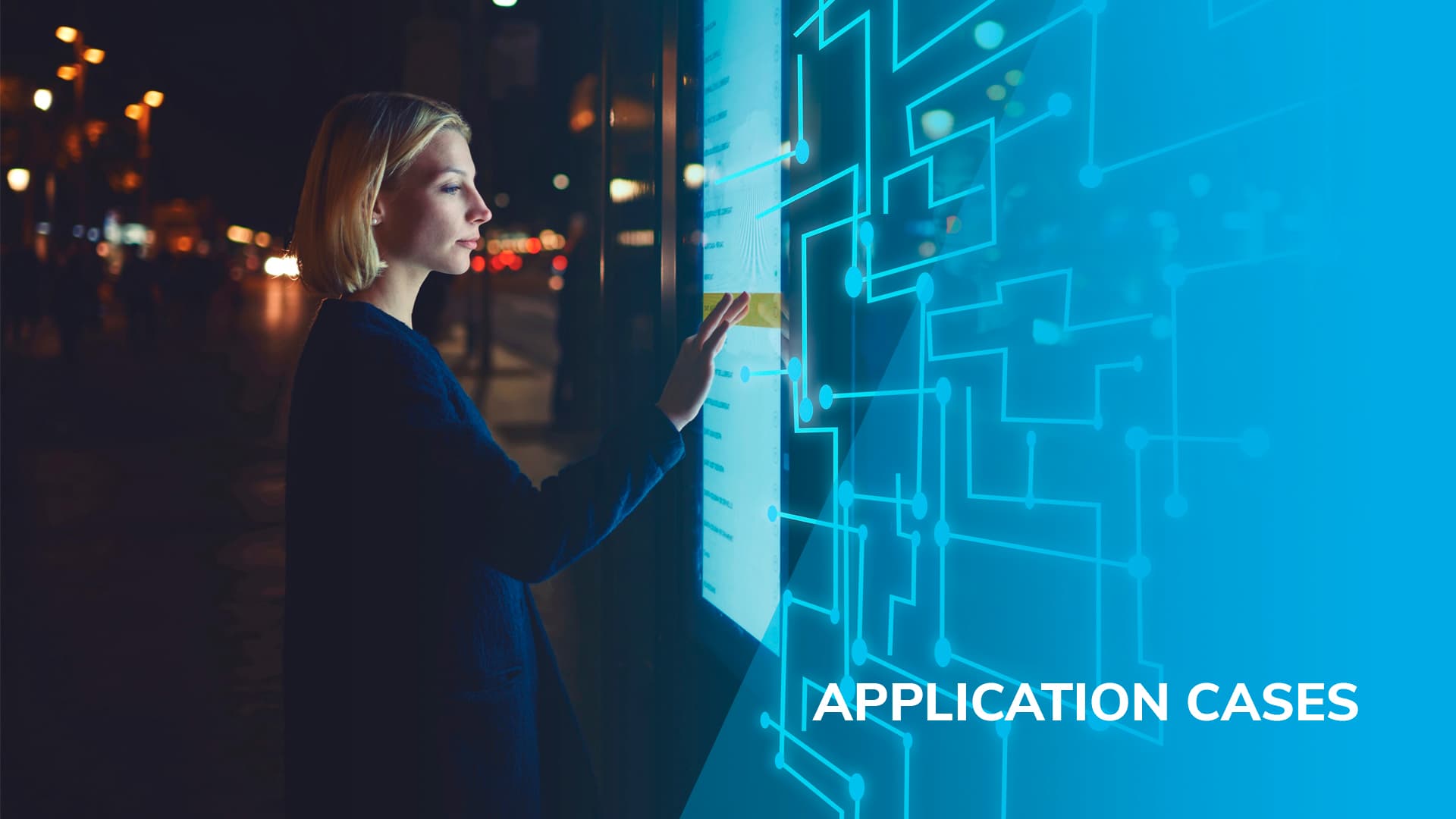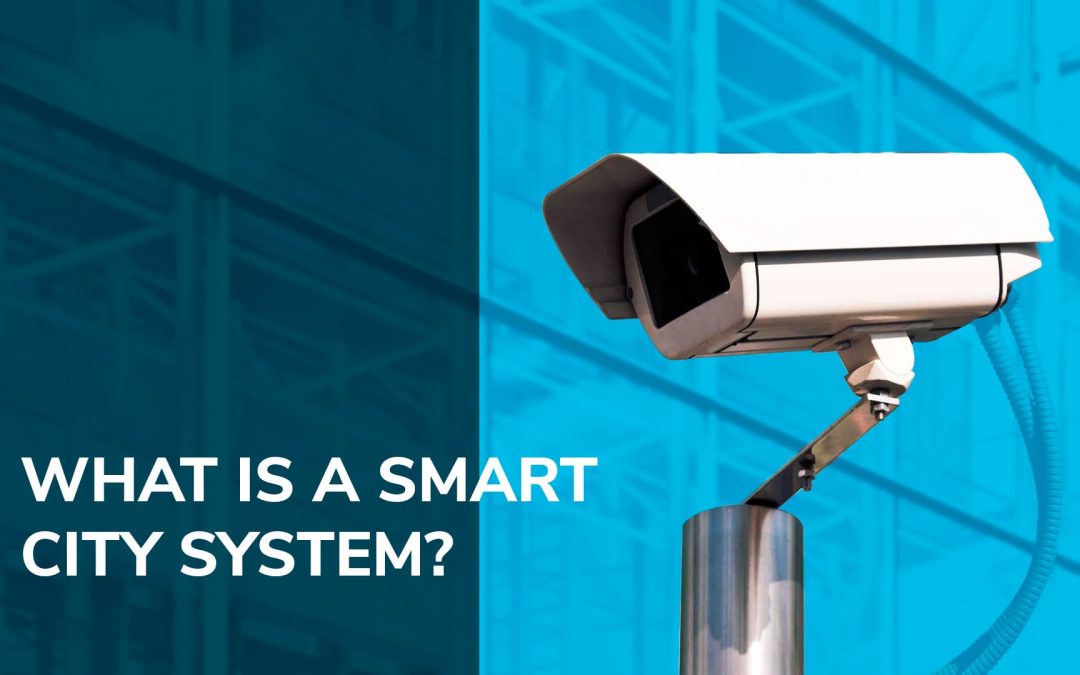A smart city monitoring is a new generation city concept that provides effective management and ensures a high standard of living of the population through innovative technologies.
History of creation and development
Creating a city monitoring system entered our life in 2008 when IBM developed a scheme for building new cities under the Smart Planet initiative that could cope with the growing population and provide them with a high standard of living. The idea was instantly taken up by leading IT companies. Countries such as South Korea, the UAE, and China have begun to heavily invest in their research and development. The first turnkey smart city is Songdo, South Korea. Songdo is a city that can accommodate hundreds of thousands of people, with a completely pre-planned infrastructure, a set of utilities, educational, entertainment, and recreational services. The original deadline was 2016, but the deadline was extended to 2020.
Today, city monitoring systems are being implemented in Amsterdam, Barcelona, Madrid, Stockholm, Chicago, Beijing, Glasgow, Moscow, St. Petersburg, Dublin, many cities in India, and other cities worldwide.
Specifications
The main idea of a smart city is the joint use of info-communication technologies and the Internet of Things. The use of sensors and sensor networks allows for real-time monitoring. Information comes from citizens themselves or public devices, then processed and analyzed in the data center.
The following elements of the smart city infrastructure are distinguished:
• Water and energy management – smart housing and communal services;
• Waste management – smart waste;
• Ensuring mobility of citizens within the city – increasing the efficiency of using roads for both personal and public transport, introducing smart transport and smart parking;
• Digitalization and ensuring reliable communication – creating an environment for easy communication and information exchange between citizens;
• Citizen participation in city governance – e-government;
• Environmental protection – control of pollution and noise levels, creation of “green” neighborhoods;
• Safe city – ensuring the safety of citizens;
• Affordable e-education and healthcare – smart healthcare, telemedicine, distance learning.
Smart city monitoring leverages multiple platforms, automated sensor networks, and data centers. Also, the concept of a smart city often implies the presence of smart cards issued to each resident. Such smart cards are the personal key to all objects in the city: metro, parking lots, cinemas, etc.

Application cases
Smart parking – help the driver find free places. Smart lighting – controls the brightness of street lighting to save energy. Smart traffic lights – analyze the traffic situation and the flow of cars and, based on the information received, independently choose the operating mode.
Security is provided with the help of video cameras installed in all public places, and emergency call panels. Information from cameras is collected and analyzed in real-time. Smart buildings and homes, in particular, are also part of building smart cities.

